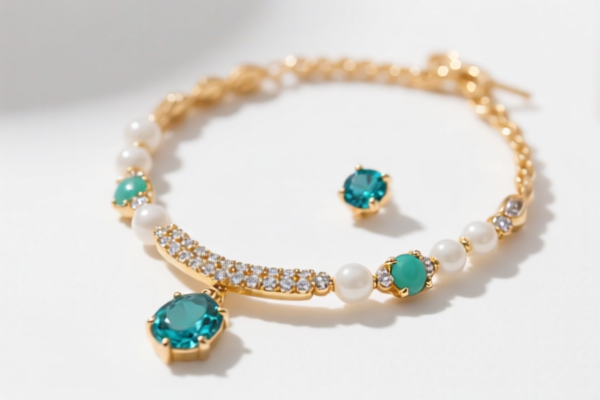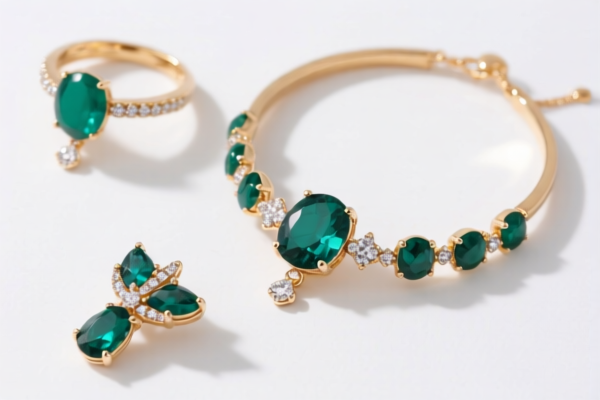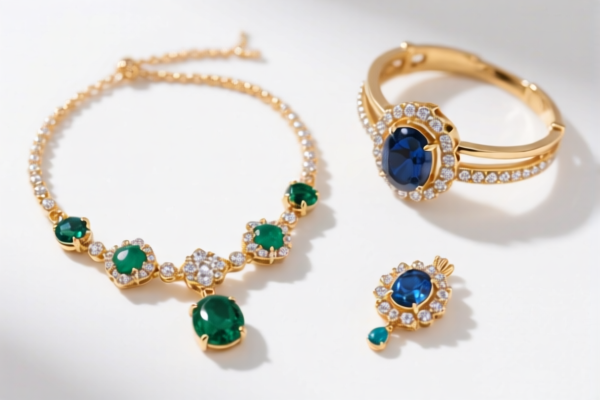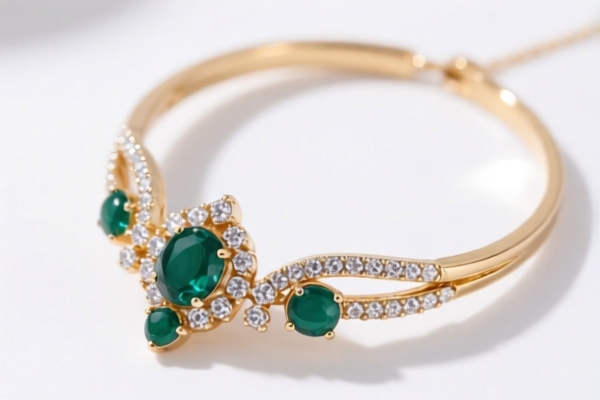| HS Code | Official Doc | Tariff Rate | Origin | Destination | Effective Date |
|---|---|---|---|---|---|
| 7018101000 | Doc | 59.0% | CN | US | 2025-05-12 |
| 7018102000 | Doc | 55.0% | CN | US | 2025-05-12 |
| 7113195090 | Doc | 43.0% | CN | US | 2025-05-12 |
| 7113205000 | Doc | 42.7% | CN | US | 2025-05-12 |
| 7116200500 | Doc | 33.3% | CN | US | 2025-05-12 |
| 7116201500 | Doc | 44.0% | CN | US | 2025-05-12 |
| 7326903500 | Doc | 87.8% | CN | US | 2025-05-12 |
| 8308909000 | Doc | 57.7% | CN | US | 2025-05-12 |
| 4202926010 | Doc | 61.3% | CN | US | 2025-05-12 |
| 4202929336 | Doc | 72.6% | CN | US | 2025-05-12 |
| 4420904500 | Doc | 59.3% | CN | US | 2025-05-12 |
| 4420906500 | Doc | 55.0% | CN | US | 2025-05-12 |
| 4601999000 | Doc | 58.3% | CN | US | 2025-05-12 |
| 4602192300 | Doc | 64.0% | CN | US | 2025-05-12 |




Okay, let's break down these HS codes for your "JEWELRY ACCESSORIES" declaration. I'll provide a structured analysis, focusing on classification, tax implications, and key considerations.
Understanding HS Codes: A Quick Primer
HS codes (Harmonized System codes) are internationally standardized product codes used for customs classification. The first 6 digits are generally consistent worldwide, while additional digits can vary by country. Here's how to interpret them:
- Chapter (First 2 digits): Broad category of goods.
- Heading (First 4 digits): More specific grouping within the chapter.
- Subheading (First 6 digits): Even more detailed classification.
- Additional Digits: Country-specific for further refinement.
Analysis of Your HS Codes
I'll categorize the codes for clarity. Please note that the "total tax" percentages you provided seem to be a combined rate (including base tariff and additional tariffs). I'll focus on understanding the base classification and potential implications.
1. Glass Beads & Similar Components (7018.10)
- 7018.10.10.00: Glass beads, imitation pearls (not strung/set).
- Chapter 70: Glass and glassware.
- Heading 7018: Glass beads, imitation pearls, etc.
- Tax: Base tariff 4.0%, Additional tariff 25.0% (potentially increasing to 30% after April 2, 2025).
- 7018.10.20.00: Imitation precious/semi-precious stones.
- Tax: Base tariff 0.0%, Additional tariff 25.0% (potentially increasing to 30% after April 2, 2025).
- Note: The difference in tariff rates between beads/pearls and stones is significant. Ensure accurate classification.
2. Jewelry Articles (7113, 7116)
- 7113.19.50.90: Jewelry articles of precious metal (other).
- Chapter 71: Precious stones, precious metals, etc.
- Heading 7113: Jewelry and parts thereof.
- Tax: Base tariff 5.5%, Additional tariff 7.5% (potentially increasing to 30% after April 2, 2025).
- 7113.20.50.00: Jewelry articles of base metal clad with precious metal.
- Tax: Base tariff 5.2%, Additional tariff 7.5% (potentially increasing to 30% after April 2, 2025).
- 7116.20.05.00: Jewelry articles of precious/semi-precious stones (valued not over $40/piece).
- Tax: Base tariff 3.3%, Additional tariff 0.0% (potentially increasing to 30% after April 2, 2025).
- 7116.20.15.00: Jewelry articles of precious/semi-precious stones (other).
- Tax: Base tariff 6.5%, Additional tariff 7.5% (potentially increasing to 30% after April 2, 2025).
- Note: The valuation threshold ($40/piece) is crucial. Accurate declaration of value is essential.
3. Other Components & Containers (4202, 4420, 4601, 4602, 7326, 8308)
These codes cover a wider range of items:
- 4202.92.60.10 & 4202.92.93.36: Bags, wallets, jewelry boxes (plastic/textile outer surface).
- 4420.90.45.00 & 4420.90.65.00: Jewelry boxes (wood, lined/unlined).
- 4601.99.90.00: Plaiting materials.
- 4602.19.23.00: Luggage, handbags (vegetable materials).
- 7326.90.35.00: Containers (iron/steel).
- 8308.90.90.00: Clasps, buckles, beads (base metal).
Key Considerations & Recommendations
- Material Composition: Accurate identification of materials is critical. The tariff rates can vary significantly based on whether an item is made of precious metal, base metal, wood, plastic, etc.
- Valuation: For jewelry articles, especially those with stones, the declared value must be accurate. The $40/piece threshold in 7116.20.05.00 is important.
- Certification: Depending on the destination country, you may need certificates of origin, material composition, or other documentation.
- April 2, 2025 Tariff Changes: Be aware of the potential tariff increases.
- "Jewelry Boxes" Classification: The classification of jewelry boxes can be complex. Consider the material (wood, plastic, textile) and whether they are lined.
- "Other" Codes: The "Other" codes (e.g., 8308.90.90.00) are broad. Ensure the items fit the description.
- Country-Specific Regulations: Always check the import regulations of the destination country.
To help me refine this analysis, could you provide more details about:
- The destination country for these goods?
- The specific materials used in each item?
- The declared value of the jewelry articles?
- Are these goods being sold as sets or individually?
Disclaimer: I am an AI assistant and cannot provide definitive customs classification advice. This information is for general guidance only. You should consult with a qualified customs broker or import specialist for accurate classification and compliance.
Customer Reviews
The information was detailed, but I found it a bit overwhelming. More examples would have helped me understand how to apply the codes.
I found the tariff rates for my precious metal jewelry very useful. The site made it easy to understand the classification and tax implications.
The breakdown of the jewelry HS codes was helpful, especially the note about the $40 valuation threshold. Saved me from a potential mistake.
This site gave me the exact HS code for my glass beads, and the tariff details were clear. Definitely helped with my US export.